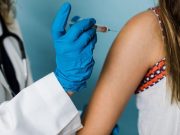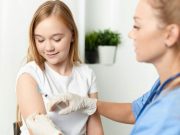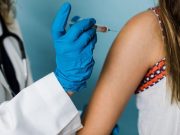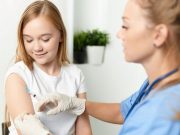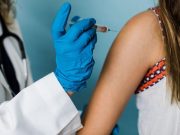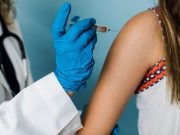Tag: Human Papillomavirus (HPV)
AACR: Awareness That HPV Causes Cancer Is Ebbing Among Americans
Furthermore, U.S. vaccination rates for preteens and teens are well below recommended goals
Mailed Human Papillomavirus Self-Sampling Kits Are Cost-Effective
Findings show it is an economically efficient outreach strategy for increasing cervical cancer screening rates
HPV Vaccine Refusal Explored Among Cancer Survivors
Most of the cancer survivors who refused participation in a trial of the vaccine did so for vaccine-related concerns
HPV Vaccination Rates Increased After ACIP Update for Adults Aged 27 to 45
Immediate increase seen in vaccine administration rate in women; increased slope seen over time postupdate
Countering Antivax Misinformation Ups Parents’ Perceptions of HPV Vaccines
These social media messages build positive attitudes, which are tied to intention to vaccinate
HPV Vaccine Coverage in Children Remains Lower Than Prepandemic
However, recovery seen in monthly volume of vaccine doses administered
Many Females Receiving HPV Vaccination After Recommended Age
Vaccination against HPV before sexual debut advised for maximum effectiveness in female individuals
Total Number of HPV Vaccination Encounters Down During Pandemic
However, there was an increase seen in vaccinations per encounter, with seasonal variation
HPV Vaccination, Infection Rates Examined in U.S. Women
Reduction in HPV-16/18 infection prevalence seen among a recent birth cohort of vaccinated and unvaccinated 18- to 26-year-old women
HPV Vaccination May Cut Risk for CIN2+ Recurrence
Effect estimate stronger for CIN2+ for disease related to HPV subtypes HPV 16 or HPV 18





